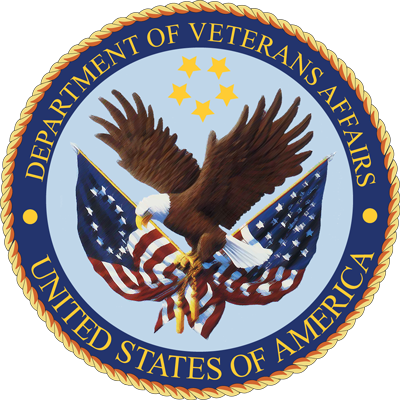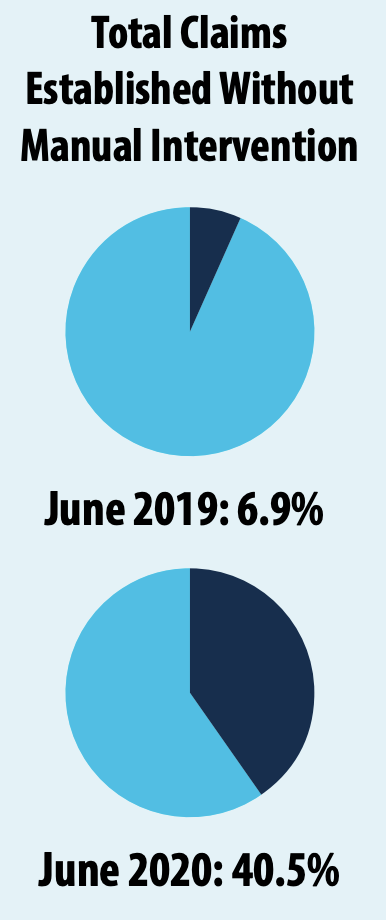U.S. Department of Veterans Affairs
Using machine learning to deliver veterans’ benefits faster
Getting veterans their benefits in days, not months

About VA
The U.S. Department of Veterans Affairs provides near-comprehensive healthcare services to eligible military veterans at VA medical centers and outpatient clinics located throughout the country; several non-healthcare benefits including disability compensation, vocational rehabilitation, education assistance, home loans, and life insurance; and provides burial and memorial benefits to eligible veterans and family members at 135 national cemeteries.
The challenge
Veterans submit 1.5M+ claims/year for disability compensation and pension benefits, and 65-80% of those claims are submitted via mail or fax. Unfortunately, 98.2% of attempts to submit claims online fail. Processing also delays how quickly veterans receive and use their benefits.
The solution
The PIF—a data science expert with a decade of industry experience at Fortune 100 companies—worked with the VA Office of the Chief Technology Officer (CTO) to build a machine learning application programming interface (API), referred to as Content Classification Predictive Service (CCPS). CCPS analyzes what veterans write on a claim. It automatically predicts the most likely classification for it to automatically start the claim process.
CCPS is the first machine learning API the VA implemented. The tool reads what a veteran writes as their current disability on a disability compensation form. It then uses AI to match that entry to a classification. For example, if a veteran indicates “ringing in my ears,” CCPS classifies it as “hearing loss.” The veteran can then get an appointment with an audiologist.
The impact

This API has processed over 400K claims automatically without needing human intervention, a 24x increase that has saved $1.5M in direct labor cost. The VA CTO team is now scaling this technology in new products and services.
Also, the VA’s new CTO Office Benefits team is working to develop technology tools and services that will deliver benefits faster. The team, led by PIF alum Zachary Goldfine, helps teams implement optical character recognition to automatically process handwriting on PDFs, automate parts of a benefits application process, and build out an orchestration layer of services that delivers benefits faster.
In October 2020, VA Office of the CTO brought on even more PIFs as data science experts to continue scaling this work.
“[Presidential Innovation Fellow] Nel Colón and his VA partners used a modern data science technique to get benefits to Veterans more quickly. They solved the right problem with the right technology and served as an example of why it's so impactful for people with modern technology skillsets to work in government.”

